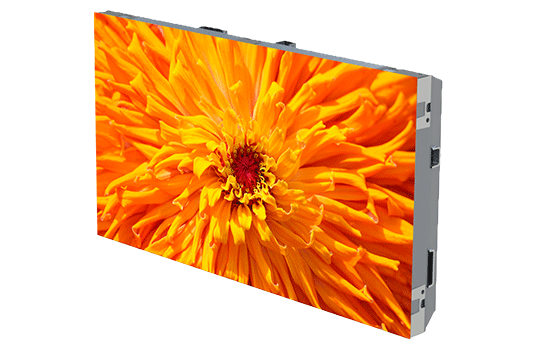The quality of the light-emitting diode components plays a significant role in hue uniformity. Various types of LEDs produce light at different wavelengths, which can affect the total color output. Premium LEDs are engineered to generate a more uniform light range, leading in better hue precision. Additionally, the production method of these light-emitting diodes can affect their functionality. Panels made with superior materials and techniques tend to have less hue variations, ensuring that the shown pictures and footage look lively and faithful to life.

Tuning is another crucial element in maintaining color consistency in light-emitting diode wall screens. Calibration involves adjusting the configurations of the panel to make certain that the hues shown match the desired appearance. This procedure can consist of fine-tuning luminosity, contrast, and hue balance. Frequent tuning is necessary, especially in settings where lighting factors change frequently. By calibrating the screens, specialists can correct any discrepancies in hue result, leading to a more uniform viewing encounter.
Environmental factors click for info also affect hue uniformity in LED wall screens. Elements such as surrounding light, heat, and humidity can affect how hues are perceived. For example, bright surrounding light can wash out hues, making them look more vibrant. Similarly, extreme heat can affect the performance of the LEDs, resulting to hue shifts. To reduce these issues, it is essential to place LED wall screens in managed environments where illumination and temperature can be controlled efficiently.
Lastly, the design and arrangement of the LED wall screens can affect color uniformity. The arrangement of the panels, as well as the distance from which they are observed, can create variations in hue perception. When panels are arranged too distant apart or at different angles, audiences may notice discrepancies in hue. To achieve the best optical performance, it is crucial to consider the placement and alignment of the screens during installation. By addressing these elements, users can ensure that their light-emitting diode wall screens provide a consistent and superior visual encounter.